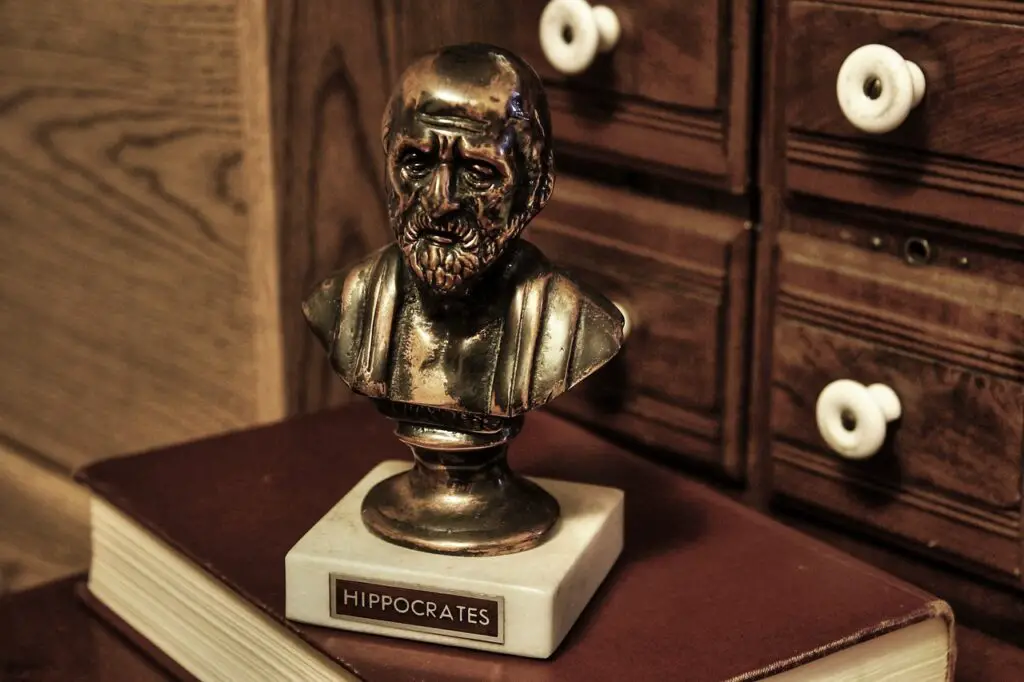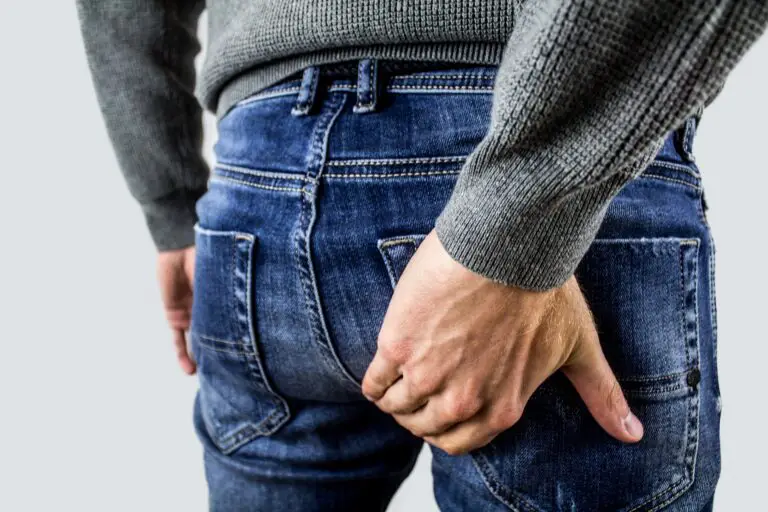Hemorrhoids – An Embarrassing Problem
Hemorrhoids, also known as piles, have been documented in medical texts and historical records for thousands of years.
In example:

- Hemorrhoids, also known as piles, were recognized and treated in ancient Egypt, as documented in medical texts dating back to 1700 BCE.
Hemorrhoids were a common affliction among the ancient Egyptians, and medical texts from that time period suggest that they used a variety of natural remedies to treat the condition.
The Ebers Papyrus, a medical text from this time, describes the use of honey and herbs to treat hemorrhoids. The text recommends applying a mixture of honey, acacia leaves, and dates to the affected area to reduce inflammation and pain. Another treatment recommended in the Ebers Papyrus involves using a mixture of herbs, including frankincense, myrrh, and cassia, which were ground into a fine powder and applied to hemorrhoid.
In addition to these topical treatments, the ancient Egyptians also believed in the power of magical spells and amulets to treat hemorrhoids. For example, one spell involves reciting a prayer while holding a wax figurine of a person with hemorrhoids and then burning the figurine in a fire to symbolize the burning away of the hemorrhoids.
Overall, while ancient Egyptian medical practices may seem primitive by modern standards, they recognized and treated hemorrhoids using natural remedies that have been used for centuries. The use of honey, herbs, and other natural remedies for the treatment of hemorrhoids is still common today, and many of these remedies have been validated by modern scientific research. - Hippocrates: The ancient Greek physician Hippocrates (460-370 BCE) wrote about the symptoms and treatment of hemorrhoids. He recommended the use of astringent herbs, such as oak bark and myrtle, to help shrink hemorrhoids.
- Roman Empire: Hemorrhoids were common among Roman soldiers and civilians, who often sat for long periods of time on hard surfaces. The Roman physician Galen (129-200 CE) recommended the use of suppositories made from lead and vinegar to treat hemorrhoids.
- Middle Ages: During the Middle Ages, hemorrhoids were often treated with cautery or surgery. The physician Avicenna (980-1037 CE) recommended the use of a hot iron to cauterize hemorrhoids, while the physician Rhazes (865-925 CE) recommended excision of the hemorrhoid.
- 19th century: In the 19th century, new treatments for hemorrhoids were developed, including the use of rubber band ligation and injection sclerotherapy. These treatments are still used today, along with other nonsurgical treatments, such as topical creams and sitz baths.

Natural remedies
Hemorrhoids are swollen veins in the lower rectum or anus that can cause discomfort, itching, and bleeding. While there are many medical treatments for hemorrhoids, some people prefer to try natural remedies to relieve their symptoms. Here are a few natural remedies that may help:
1. Fiber
Eating a high-fiber diet can help soften stools and make them easier to pass, which can reduce the strain on hemorrhoids. Good sources of fiber include fruits, vegetables, whole grains, and beans.
2. Water
Drinking plenty of water can help prevent constipation, which can worsen hemorrhoids.
3. Witch Hazel
Applying witch hazel to the affected area can reduce itching and pain. Witch hazel is a natural astringent that can help shrink hemorrhoids.
4. Aloe Vera
Applying aloe vera gel to the affected area can help reduce inflammation and soothe the skin.
5. Epsom salt baths
Soaking in a warm bath with Epsom salt can help reduce discomfort and inflammation.
6. Essential oils
Some essential oils, such as tea tree oil, lavender oil, and chamomile oil, may help reduce inflammation and pain. However, essential oils should be used with caution and should always be diluted before application.
It is important to note that natural remedies may not be effective for everyone, and they may not work as quickly as medical treatments.
ScleroTherapy?
But what if the condition is really severe and natural remedies don’t provide any relief?
Sclerotherapy for hemorrhoids is a medical procedure that involves the injection of a chemical solution, called a sclerosant, into the hemorrhoid. The sclerosant causes the blood vessels in the hemorrhoid to shrink and eventually disappear, which can reduce the size of the hemorrhoid and alleviate symptoms such as pain, bleeding, and itching.
Sclerotherapy is usually performed in a doctor’s office or clinic, and it typically takes less than 30 minutes to complete. The patient lies on their side or back, and the doctor uses a small needle to inject the sclerosant into the hemorrhoid. The injection may cause a brief stinging or burning sensation, but most patients tolerate the procedure well.
After the injection, the patient may be advised to avoid strenuous activity for a few days and to take sitz baths to help soothe the area. Some patients may experience mild pain or bleeding after the procedure, but these side effects usually resolve within a few days.
Sclerotherapy is generally considered a safe and effective treatment for hemorrhoids, with a low risk of complications. However, it may not be suitable for all patients, particularly those with severe hemorrhoids or other medical conditions. It’s important to talk to a healthcare provider to determine if sclerotherapy is the right treatment option for you.
If your symptoms persist or worsen, it is important to see a healthcare provider for proper diagnosis and treatment.


